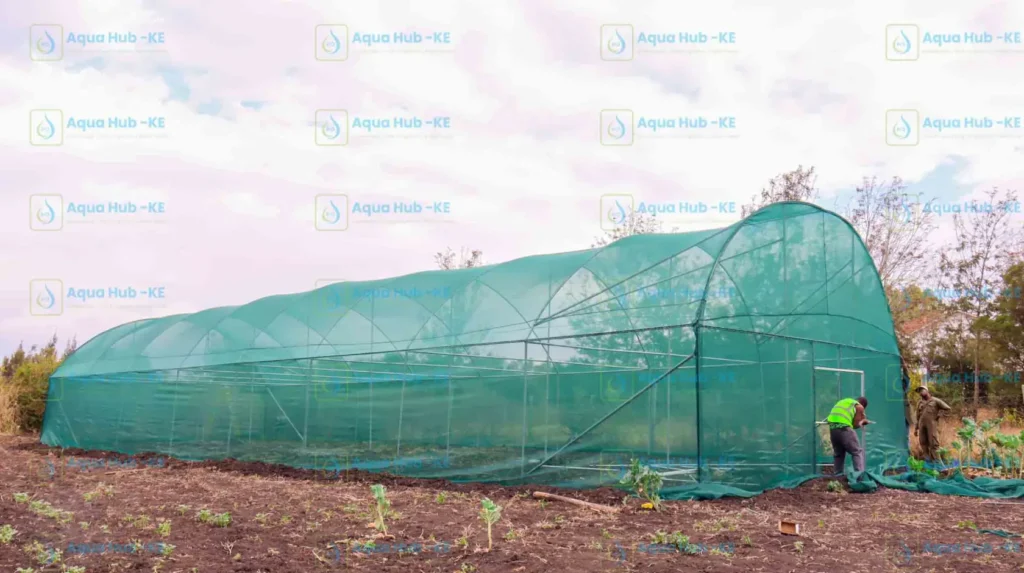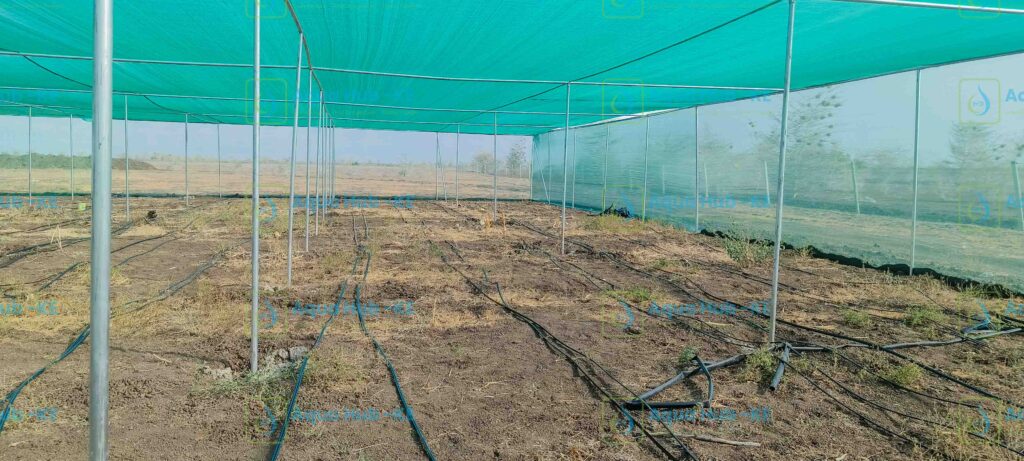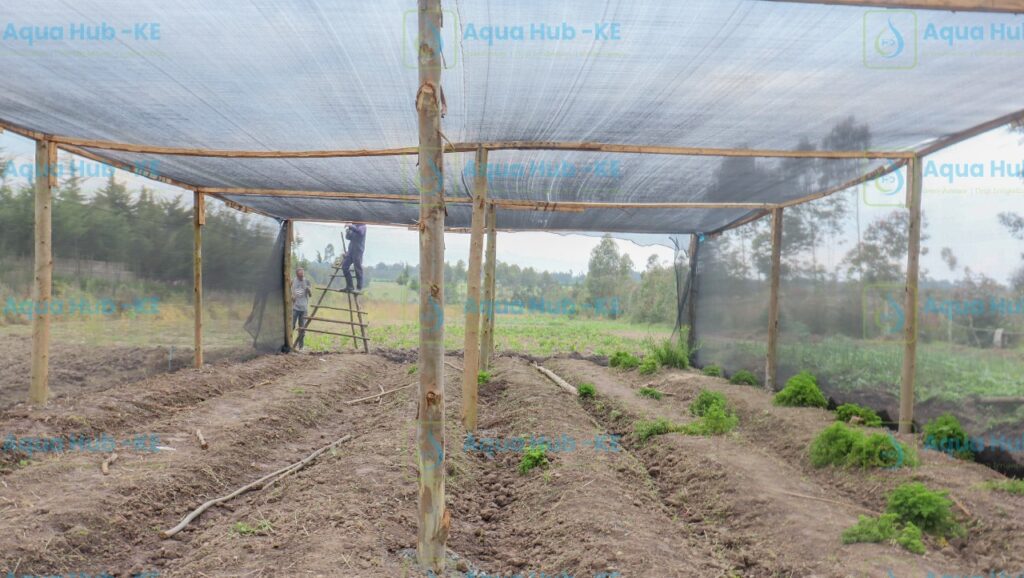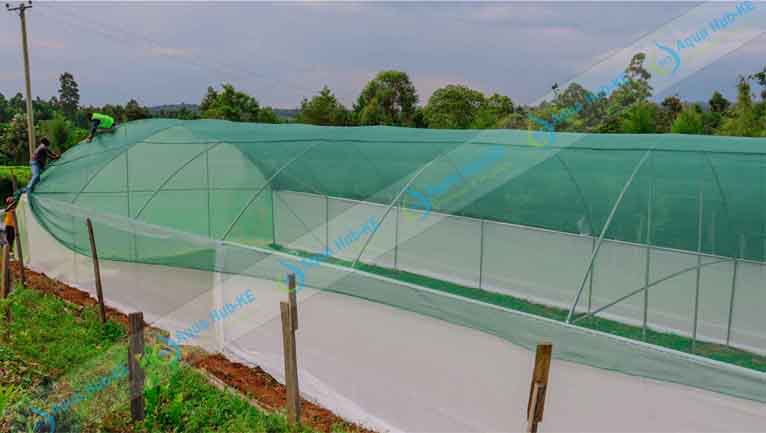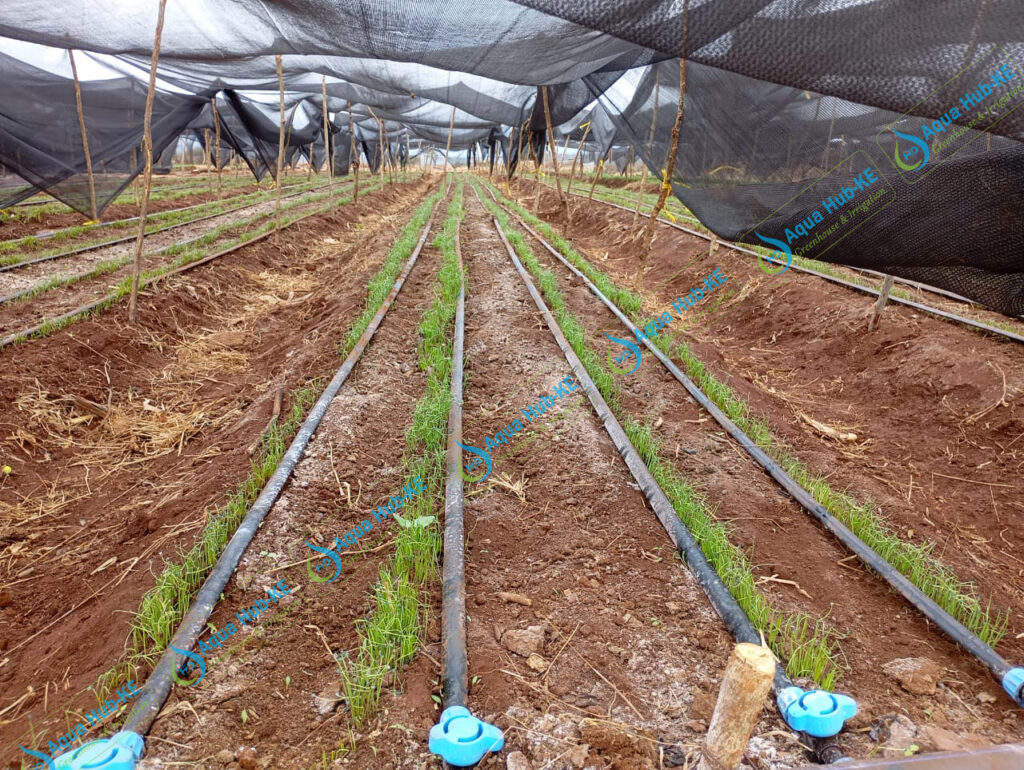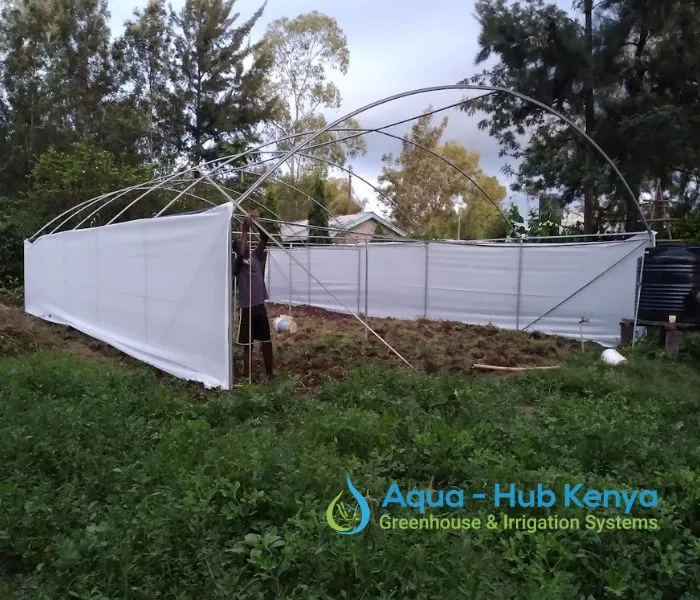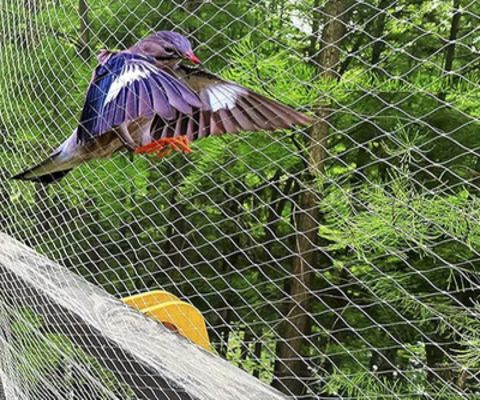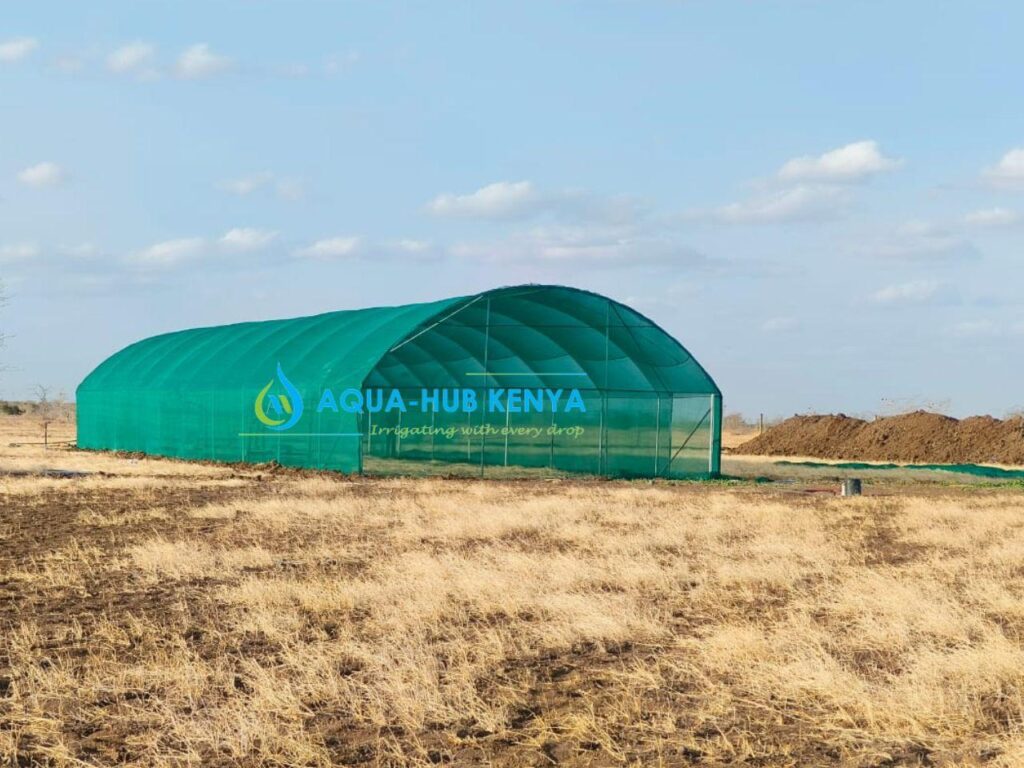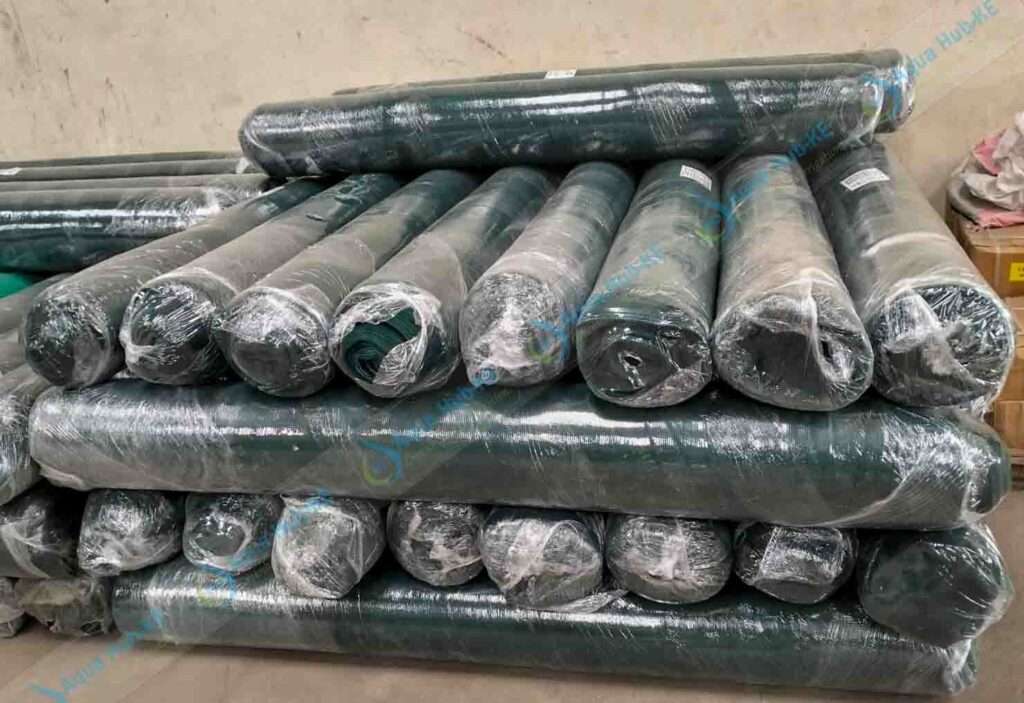Blog
Shade Net Farming in Kenya | Guaranteed 1 Year Moneyback
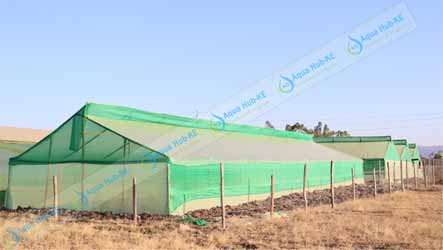
Shade Net Farming in Kenya is a proven reliable solution for stabilizing production of vegetables, flowers, seedlings and fruits. Shade house farming in Kenya is becoming a popular solution for farmers especially those in hotter areas such as Machakos, Laikipia and Naivasha. Our shade nets types includes 35%, 55%, 75% and 90% packaged in 4m by 50 m measurements. Shade Net Cost varies accordingly; 35 % is KES 13,000, 55% is KES 19,000, 75% KES 26,000 and 90% KES 36,000.
Call 0790719020
The Essence of Shade Net Farming
Shade nets provide partial shield for crops against scorching sunlight, winds and hailstones ensuring healthy plants. Netting forms a shading effect that makes the environment conducive by lowering temperature to optimal rate. In addition, it also reduces the impact of heavy rain thus preventing damage of young plants.
Why Choose Shade Nets?
- Improved Crop Yield and Quality: production of high yield and quality vegetable, fruits and other plants because of proper growing environment.
- Water Efficiency: shade net farming reduces evaporation, cutting down the rate of irrigation or water needs for crops.
- Pest reduction: due to proper crop spacing, weed reduction and control, pesticide activity is lower.
- Long Harvest Season: shade net farming enhances optimal growing conditions thus crops harvest period extends for up to 8 months.
- High Control: with shade net farming, you have a safe haven for propagation that eases crop control and prevents animal interference.
Shade Net Farming Applications
Shade nets have wide range of uses that can improve farming in different scenarios listed below:
- Small-scale farming: shade netting is ideal for smaller spaces to enhance higher productivity.
- Commercial farms: large scale farms can also construct and utilize shade nets to grow profitable but sunlight intolerant crops.
- Seedling Propagation in Nurseries: seedlings require more water and less sunlight to grow. Harsh sunlight causes death of seedlings.
- Car Protection: Can work as shade materials in car parks.
- Garden and Parks: Used as shade material in public parks and residential gardens.
Crop-Specific Applications of Shade Net Farming
Different crops have different needs, and shade nets can be tailored to suit them:
- Vegetables (Tomatoes, Peppers, Leafy Greens): Require 35-55% shade for optimal temperatures and prevention of sunburns. For example, tomatoes under a 40% shade net often exhibit better fruit set and reduced cracking.
- Fruits (Berries, Passion Fruit): Can thrive beneath 35-55% shade, which protects them from harsh sunlight and might improve fruit quality. Passion Fruit, as an example, can experience extended yields and decreased sunburn below shade nets.
- Flowers (Ornamentals): sensitive cuttings and flowers regularly require 90% shade to keep colorful shade and prevent wilting.
- Seedlings and young crops: normally need better shade percentages (55-75%) to guard them throughout their delicate early levels.
Different Types of Shade Nets
Shade nets come in various types, each with unique features:
Based on Shade Percentage
Ranging from 30% to 90%, indicating the amount of sunlight blocked. Light requirements of crops determine the type to use.
Based on Material
Common materials include HDPE (high-density polyethylene), known for its durability and UV resistance, and nylon, which is strong and flexible.
Selecting the Right Shade Net : What to Consider
Type of Crop
Different crops have varying light intensity needs. Learn the ideal shade net for the variety of crops you intend to grow.
Climate conditions
For hotter regions, higher shade percentages are recommended. Cooler climates may need low shade net percentage.
Wind Intensity
The strength of wind flow determines which shade net to use.
Durability
Durability in a shade net is guaranteed by the material of manufacture. Choose UV treated shade nets as they tend to last for more than 5 years.
Requirements for Shade Net Farming in Kenya
To start shade net farming in Kenya, you need.
- Land or available space for constructing shade net.
- Steel, wooden poles or bamboo for structure support
- Shade net (ideal material)
- Nails or tapping screws
- Fastening wires
- Drip Irrigation Kits
- Seedling trays
- Seedlings
Cost of Shade Net Farming in Kenya
The cost of shade net farming in Kenya is anywhere between KES 25,000 to KES 150,000 as per the size, shade net and structure type.
Shade net farming is an investment with a guaranteed moneyback or returns over a few seasons because of less risks. Our shade nets have high yield potential, lower cost of operation and lower maintenance.
Getting Started: Step-by-Step Shade Net Farming Guide
Begin your shade net farming journey with our guided approach below:
- Planning and Site Selection: Choose a suitable location with good drainage and access to water.
- Choosing Shade Net and Structure: Select appropriate net and a strong design
- Installation: engage Aqua Hub for top shade net structure installation.
- Soil Preparation and Planting: Prepare the soil according to the needs of your chosen crops and plant your seedlings or seeds.
- Irrigation: Talk to Aqua Hub Kenya for quality drip kits and installation services.
- Pest and Disease Management: Monitor your crops regularly through integrated pest management strategies.
Shade Nets: Essentials for Climate-Resilient Farming
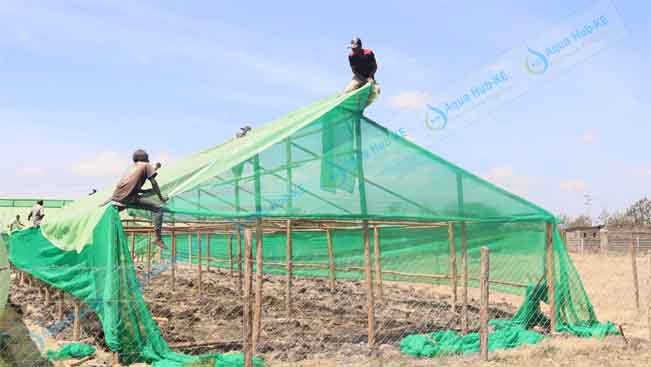
Shade nets are more than just a covering; they are a vital tool for modern, sustainable, and profitable farming. They empower Kenyan farmers to overcome environmental challenges and achieve consistent, high-quality yields.
Quality Shade Nets for Sale by Aqua Hub Kenya
Aqua Hub’s high quality shade nets in Kenya are made from UV treated materials which makes them number 1 crop protection materials. We offer professional shade net construction in Kenya for cost-friendly budgets.

